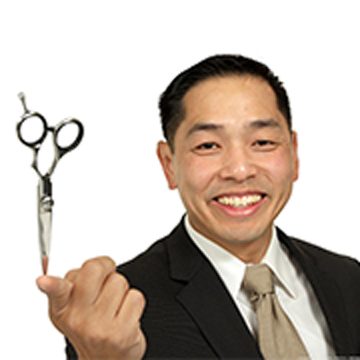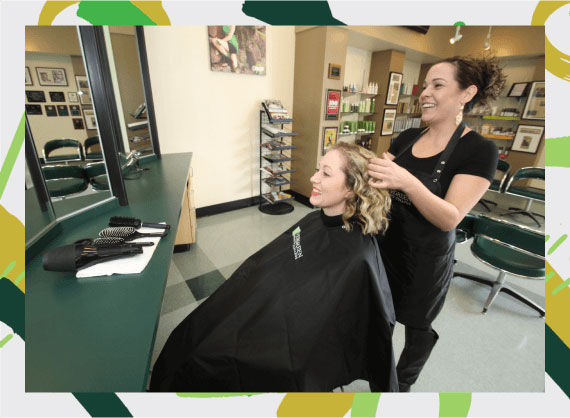Five Common Terms In An Esthetics Vocabulary

Increase Your Esthetics Vocabulary
One of the keys to being a great esthetician is to have a good understanding of all the terms and techniques that are commonly used in cosmetology. There are several skin care-related terms that you will be required to learn while you are in esthetician school. Below are five terms that are commonly used in an esthetics vocabulary:
Facials
You will be required to carry out many facials if you choose to become an esthetician. A facial is a type of deep cleansing treatment. Facials usually involve the use of steam. Exfoliation, extraction, application of lotions, cleansers, masks and peels are some of the additional things that may be involved in performing a facial. Anti-aging facials, European spa facials and galvanic facials are some of the different types of facials that can be performed today.
Exfoliation
Exfoliation is a process that involves removing dead skin cells. The purpose of removing dead skin cells is to encourage new, healthy skin cells to grow. Exfoliating also helps keep the skin looking smooth. Exfoliation is something that can be done at one or in a day spa, but it is also something that can be done at home. There are a variety of products that can be used to exfoliate at home.
Detoxification
Detoxification is the process of removing impurities from the body. You will be performing a number of treatments that can detoxify your clients’ skin. Detoxification is important because many of the impurities that develop under the skin can lead to acne and other problems. Detoxification will greatly improve the overall appearance of one’s skin if done correctly.
Essential Oils
Essential oils are types of oils that are extracted from plants. There are both physiological and psychological benefits that can be reaped from using essential oils. Rosemary oil, amber oil and tea tree oil are examples of some of the essential oils. You will be using essential oils when you perform treatments on your clients.
Chemical Peel
A chemical peel is a product that is applied to the skin that helps remove damaged or dead cells from the epidermis. (The epidermis is the top layer of the skin.) Chemical peels help improve the skin’s texture and reduce the appearance of wrinkles and fine lines. You can perform chemical peels on your clients, however, deep penetration procedures that have high amounts of chemicals can only be performed by a dermatologist.
How We Can Help
If you are interested in learning how to give a skin care treatment, then you should contact our school. We offer esthetics training that teaches all the proper esthetics techniques. If you are interested in having an exciting career in esthetics, then you should contact our school today. We will give you the tools and education that you need to succeed in esthetics.




